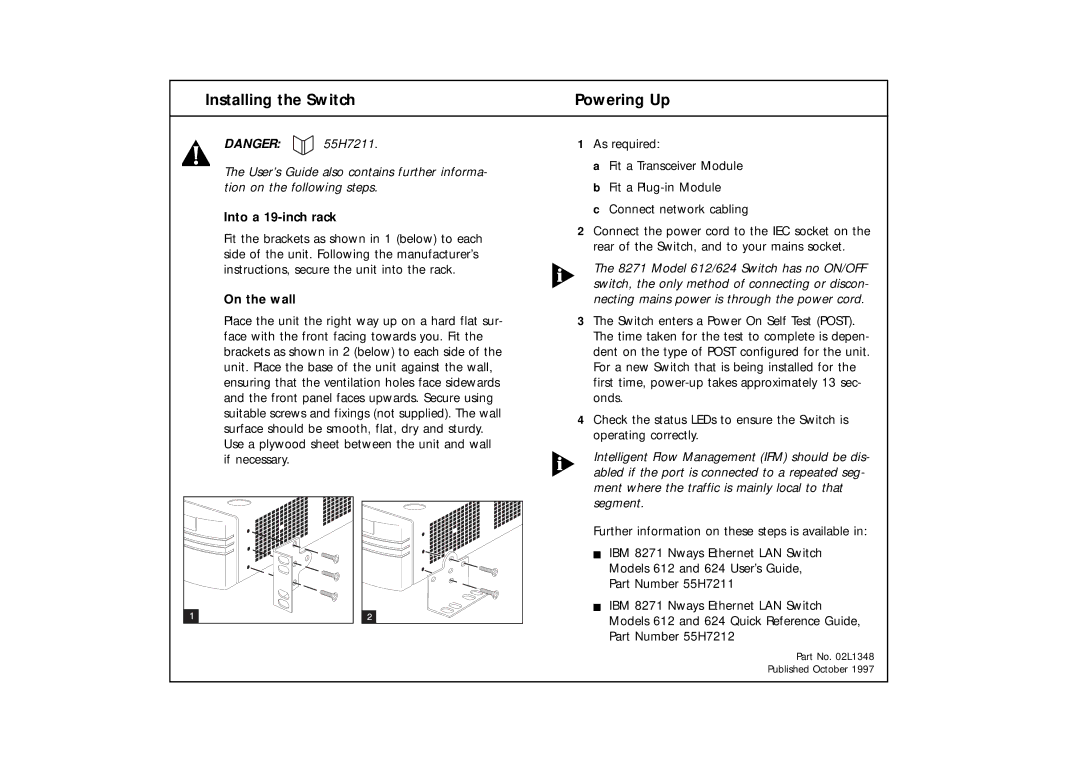614, 612 specifications
The IBM 614 and IBM 612 are notable models in the history of IBM's computing devices, introducing advanced features and technologies that were pivotal in their respective eras. The IBM 614, launched in the early 1960s, was part of IBM's broader efforts to develop data processing solutions that could meet the growing needs of businesses. This model was primarily designed as a follow-on to the IBM 709 and addressed various limitations found in earlier systems.One of the key features of the IBM 614 was its magnetic core memory, allowing for faster data access and increased reliability over previous drum and tape memory systems. The magnetic core was particularly significant, as it provided a substantial increase in memory capacity, enabling more complex computations and data handling. The IBM 614 was also one of the first systems to introduce time-sharing capabilities, allowing multiple users to interact with the machine simultaneously. This innovation transformed how organizations utilized computing resources, leading to enhanced productivity and efficiency.
The IBM 612, while closely related to the 614, focused on automated data processing with an emphasis on business applications. Key characteristics of the IBM 612 included a robust input/output system that facilitated faster data transfer rates compared to its predecessors. Its architecture was designed for batch processing, making it suitable for tasks such as payroll, inventory management, and other business applications requiring extensive data manipulation. The model supported various peripheral devices, such as card readers and printers, further enhancing its operational capabilities.
In terms of technologies, both models adopted transistor-based designs, moving away from vacuum tubes. This shift not only improved operational reliability but also reduced power consumption and heat generation, which were critical factors for large-scale installations. Additionally, IBM invested in languages and software that would leverage the hardware capabilities of the 614 and 612, ensuring that businesses could develop customized applications tailored to their specific needs.
The legacy of the IBM 614 and 612 continued to influence future computer designs, contributing to the evolution of computing technology and systems architecture. The advancements introduced by these models helped set the stage for IBM's subsequent innovations, solidifying the company's position as a leader in the computing industry. Today, they are remembered as foundational models that helped transition computing from a niche activity to a core business function across various industries.

